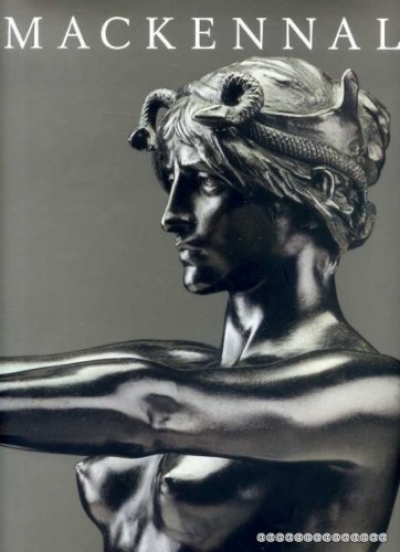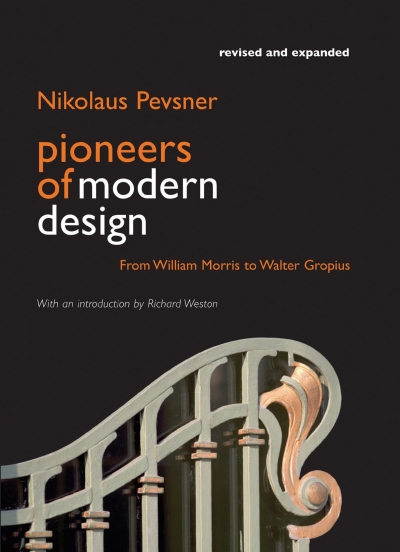Accessibility Tools
- Content scaling 100%
- Font size 100%
- Line height 100%
- Letter spacing 100%
Christopher Menz
The ABR Podcast
Released every Thursday, the ABR podcast features our finest reviews, poetry, fiction, interviews, and commentary.
Subscribe via iTunes, Stitcher, Google, or Spotify, or search for ‘The ABR Podcast’ on your favourite podcast app.
‘Where is Nancy?’ Paradoxes in the pursuit of freedom
by Marilyn Lake
This week on The ABR Podcast, Marilyn Lake reviews The Art of Power: My story as America’s first woman Speaker of the House by Nancy Pelosi. The Art of Power, explains Lake, tells how Pelosi, ‘a mother of five and a housewife from California’, became the first woman Speaker of the United States House of Representatives. Marilyn Lake is a Professorial Fellow at the University of Melbourne. Listen to Marilyn Lake’s ‘Where is Nancy?’ Paradoxes in the pursuit of freedom’, published in the November issue of ABR.
Recent episodes:
The cookery sections of bookshops are crammed with bright new titles, but how necessary are they? Inevitably, they are repetitive – how many ways are there to boil an egg, make stock, prepare a vinaigrette? – and presentation is often privileged over content. In such a crowded market, awash with flashy covers, glossy photography, and populist titles acclaiming the latest celebrity chef, or niche cuisine, how can we sort out the cream from the whey? How can we be confident that books will edify or endure? Gratifyingly, some publishers are reprinting older works, providing a balance between the new and inventive, the tried and trusted.
... (read more)







